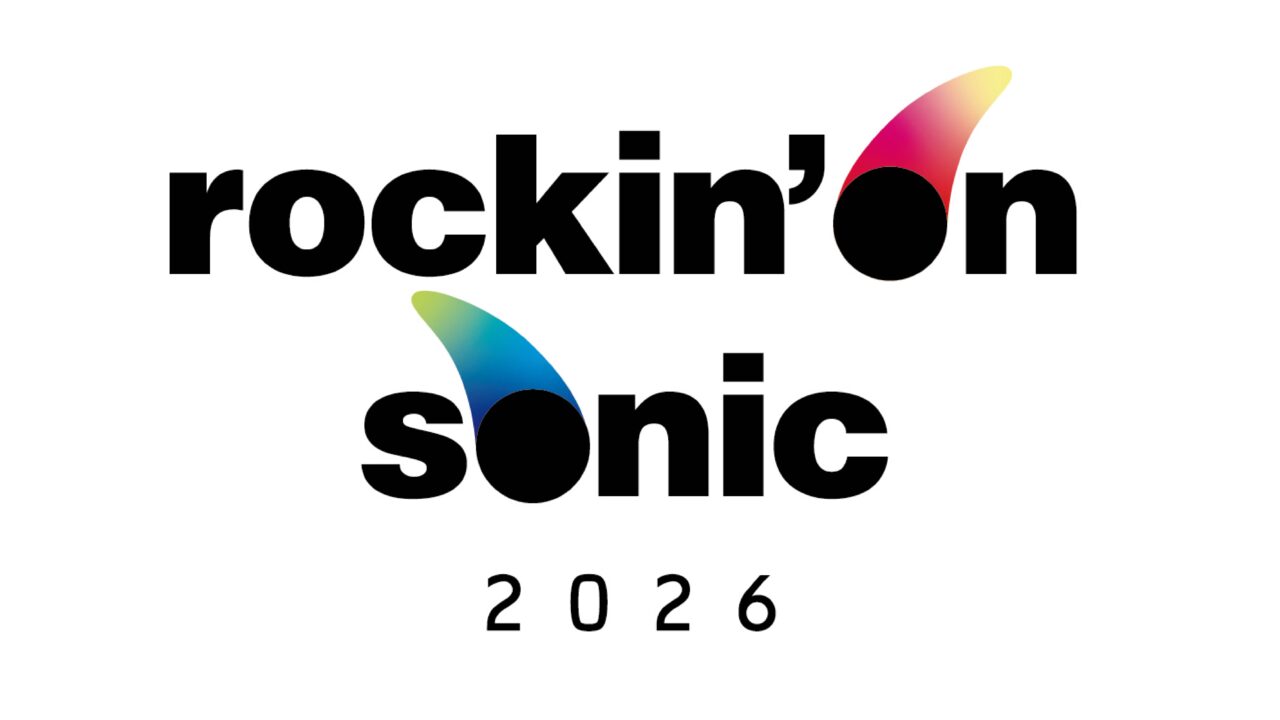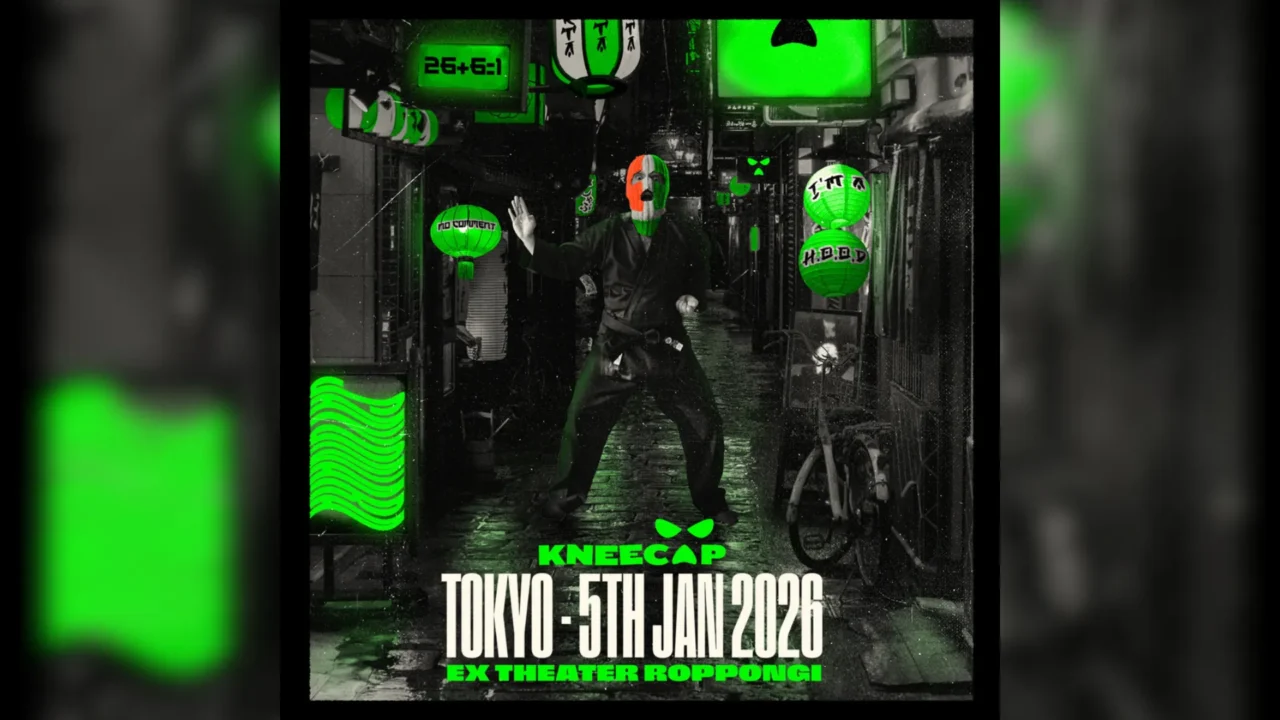INDEX
From veterans to promising young filmmakers, his shift in collaboration in filmmaking
When do you think was his turning point as an actor?
Namba: I am not sure about the turning point. Up until the ’80s, Tom Cruise was always making a good job of using both films to test his abilities as an actor and films to show off his looks as an idol actor. I think “Top Gun” and “The Color of Money” are the perfect examples. “Rain Man” and “Cocktail,” “Days of Thunder” (1990, Tony Scott) and “Born on the Fourth of July” (1989, Oliver Stone) were also made around the same time.
Moreover, not only do you always work with master directors in films that showcase their acting, but you also work with actors who are a year or two older than you in terms of career and age. What is even more amazing is that both Dustin Hoffman and Paul Newman have won Academy for their work with Tom Cruise. In other words, not only did they absorb film-making and acting techniques from veterans, but they also improved the overall quality of the film by appearing in it themselves, and at the same time, they brought great benefits to their counterparts.
This is a stance that has not changed to this day. By putting the other person first, the overall quality of the film improves, and because the quality of the film improves, your own status as a performer inevitably improves as well. The amazing thing about Tom Cruise is that he continues to create this kind of structure.
Christopher McQuarrie, the director of “Mission: Impossible: Fallout” (2018), said in the making of the Blu-ray bonus that Tom always directs his co-stars to stand up for themselves, not himself. This is the “after you” stance in the “Mission: Impossible” franchise, and I guess the policy is “you guys should stand out from yourselves (Tom Cruise)”.

That’s because he didn’t only play his role as an actor but overviewed the whole process as a producer.
Namba: In interviews, Tom Cruise often says, “I don’t want to stand out, I just want the movie to stand out.
What surprised me about his producer’s temperament is that in 1994, Spielberg made “Schindler’s List” and “Jurassic Park” at the same time, which seem to be the exact opposite of each other in terms of subject matter. screenwriter (David Cope) to write the screenplay for “Mission: Impossible”. At the time, I was tongue-tied by this horrendous selection, wondering what kind of producer would do such a thing.
Namba: Also, Janusz Kaminski shot Spielberg’s films after “Schindler’s List,” and although he was not the first, “Jerry Maguire” (1996, Cameron Crowe) starring Tom Cruise was also the first to use him in a non-Spielberg film. Although he doesn’t say it, I feel Tom Cruise has learned much from Spielberg.
He’s also on top of promising young directors such as J.J. Abrams, Christopher McQuarrie, and Joseph Kosinski for “Top Gun: Maverick” (2022).
Namba: Around the time of “Mission: Impossible 3” (2006), we started to select young talents. Until then, as I mentioned earlier, we were in the era of learning film by working with so-called master directors. Until the 20th century, Tom Cruise would work with established directors to elevate the quality of his films and absorb something of theirs. However, I wonder if he thought, “From now on, I have to lead the film industry myself. Perhaps he felt that he had already done enough with the great directors, having worked with Kubrick and Spielberg, who were, so to speak, the pinnacle of cinema (laughs).

Namba: Amidst all this, “Mission: Impossible 3” was the first theatrical film directed by J.J. Abrams, a TV producer at the time. For “Mission: Impossible: Ghost Protocol” (2011), Brad Bird, who had previously worked as an animation director at Pixar, was chosen for the first time to direct a live-action film.
Then Christopher McQuarrie for “Mission: Impossible: Rogue Nation” (2015) and “Mission: Impossible: Fallout” and, outside of the series, Joseph Kosinski for “Oblivion” (2013) and “Top Gun Maverick,” he began to demonstrate his ability to spot talent and give them a chance to direct. And what’s important here is that he tried to give them control over the entire film by having them not only direct but also write the screenplay. Moreover, these films are also positioned as masterpieces for their respective writers.
McCulley has made almost only films starring Tom Cruise (laughs). It is truly amazing that the quality of the “Mission: Impossible” franchise, now in its sixth film, has not only not declined but has only gone up.
























